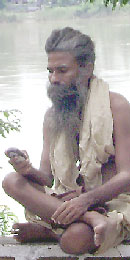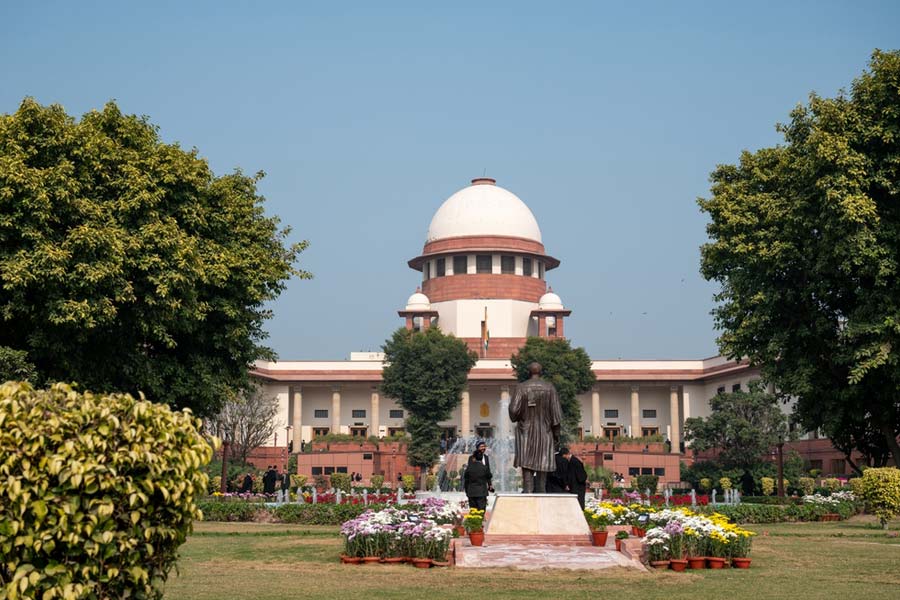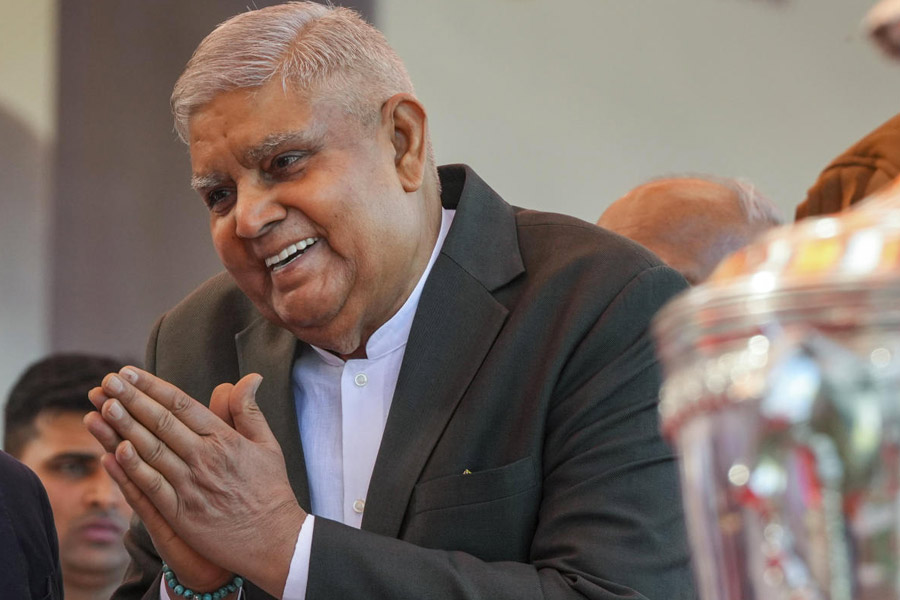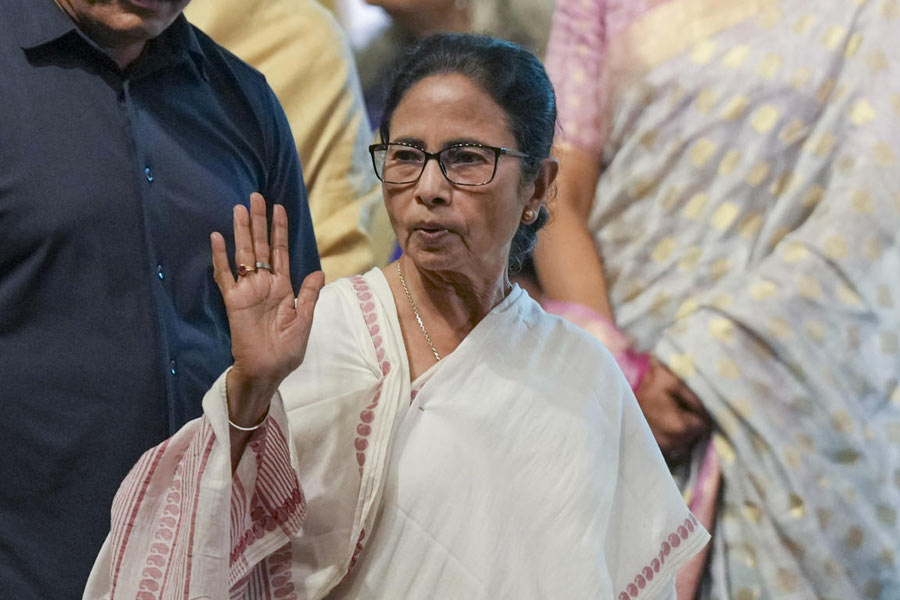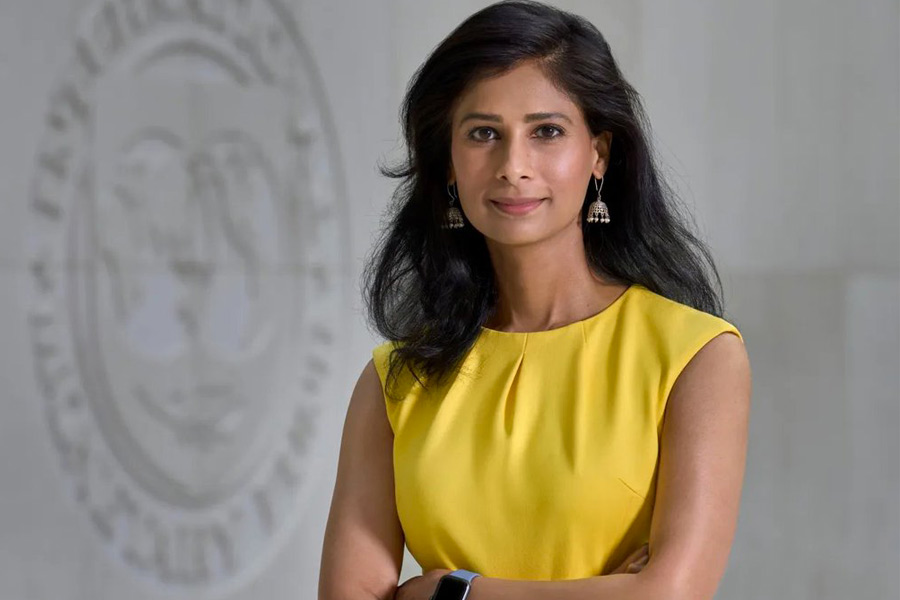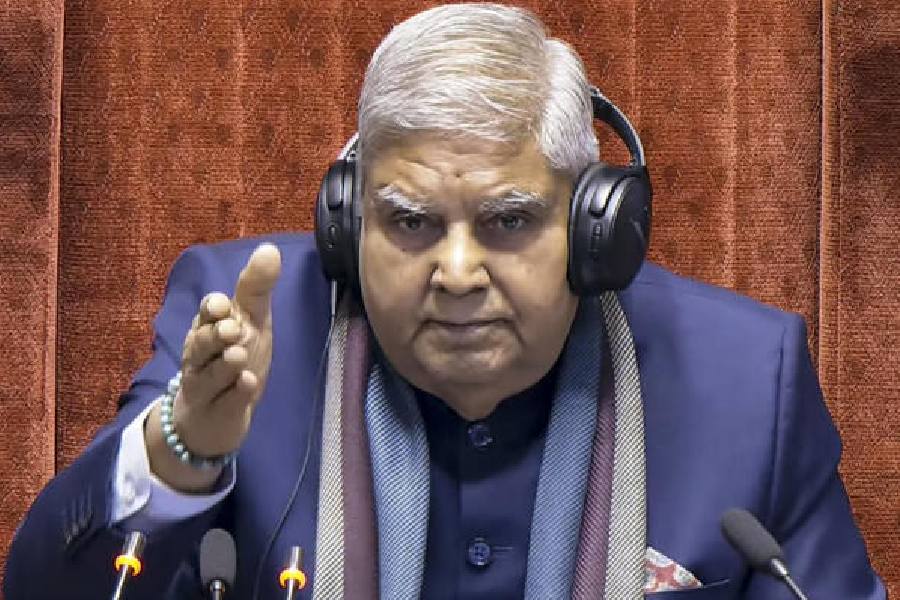|
|
The Elephant, the tiger and the cellphone: Reflections on India in the twenty-first century By Shashi Tharoor, Penguin, Rs 495
One of Shashi Tharoor’s favourite photographs, he writes in this book, is that of a sadhu in the Kumbh Mela. It shows a holy man, naked, with long, matted hair, talking animatedly on his cellphone. This image, he says, symbolizes the paradoxes that constitute India, “a country that...manages to live in several centuries at the same time”.
Tharoor attempts to make sense of India and its inherent contradictions and is, understandably — having long been away — mystified by its many realities. A gigantic mass of land, which, till Independence, had a “painfully slow growth rate”, has, in its 60th year, “morphed” into a country with the highest number of billionaires in Asia — side by side with staggering rates of poverty and illiteracy. Unsurprisingly, to represent India’s schizophrenic existence, the symbols that strike Tharoor as most potent are those of the plodding elephant and the majestic tiger. He wonders whether the country “will remain an elephant at heart” or “bring the strength of the tiger and the size of an elephant to bear upon the world” in the new century.
Tharoor appears to have had mood swings while penning the highs and lows of his motherland. While documenting India’s transformation, he gushes over a number of things — India’s presence at Davos, the rising number of cellphone-toting citizens, a swelling BPO industry, Bollywood, even a belligerent Sreesanth, among other phenomena — all indicators of a New India. However, he sagely cautions that India cannot rely on its cultural capital alone or forget about its impoverished masses even as it strives to prosper. In “Ideas of Indianness”, he is reflective, singling out pluralism as the binding force that keeps this diverse nation together, while taking care to mention disruptive religious and social forces. Finally, in the third section, a sombre Tharoor observes “India at Work and at Play”, and complains about many things, among them corruption, repressive families, mediocre sporting achievements, dour politicians and lost heritage.
But, like a true statesman, Tharoor recovers quickly and proceeds, with vigour, to identify the men and women who helped make ‘his’ India. The list throws up few surprises, except perhaps the name of V.K. Krishna Menon, who, Tharoor admits, is remembered for fainting, then recovering, and finally managing to complete his marathon speech in the Security Council and, as defence minister, for his failure to prepare the army for the Chinese assault.
In another rivetingly predictable section, Tharoor recounts his experiences in India. He waxes lyrical about Kerala, its beauty and success. He despairs over Calcutta, but takes hope from the innovations of the realtor Harsh Neotia, praises Mumbai and takes pride in Delhi’s “cosmopolitan” air. Then, in one grand sweep, he pays homage to Infosys, his alma mater St Stephen’s, the traditional Indian sciences, Sai Baba, NRIs, Ajanta and Ellora. The final chapter produces a comprehensive list of figures, objects and traits that define Indianness.
Tharoor says the right things, and is suitably indignant while chronicling India’s failings. One cannot even complain about repetitions. Tharoor cleverly puts in a disclaimer to this effect in the ‘preface’, proving once again that he is more of a diplomat than a writer.

